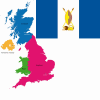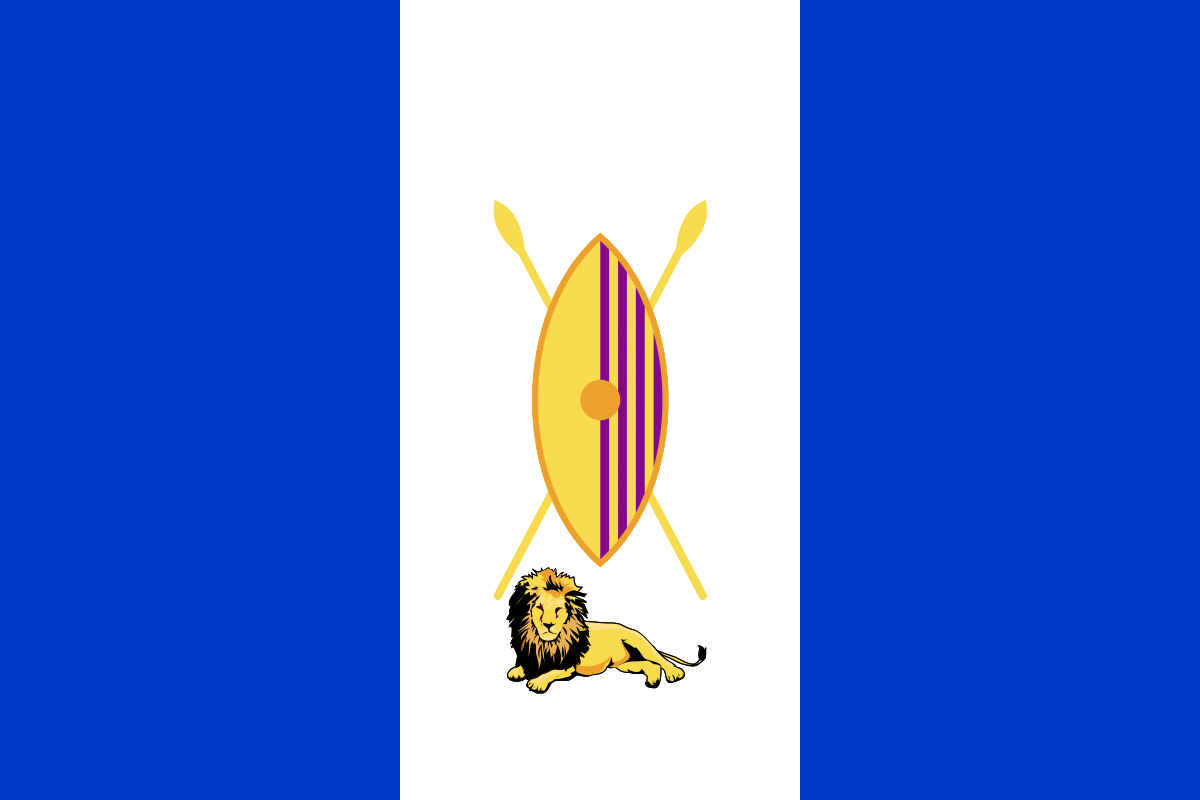Luganda, the native language of the people of Buganda, developed over the centuries as a spoken language. Its written form is only as recent as the arrival of the Arab and European influence among the Baganda. It is not easy, and of course it is not within the scope of this discussion, to trace its origins, but it is proper to assume that in a dynamic society with such well structured cultural, social, and political institutions like those of the Baganda, the language must have experienced a reciprocal influence during most of the changes the society went through over the course of its history. It was not however, until after the second half of the nineteenth century, that Luganda was first written down and appeared in print in its own right.
The following discussion is neither meant to be a grammar nor a dictionary of the language. The focus is solely on how the language is written (i.e. transcribing sound into alphabetic characters). The first writing clearly was a pilot venture, an improvisation by the early missionaries, who tried to put the language in a written form so that their work among the Baganda would be made easier. The creation of written Luganda words mainly depended on the interpretation and impression that the ears of these foreign listeners, had of the Luganda word sounds. It was not surprising that Speke spelt Kyabaggu (Chabagu). Looking at the earlier prints by various writers such as Speke, Stanley and others would confirm the suspicion that each wrote according to the interpretation his ears perceived. It was therefore necessary to undertake a serious study of the sounds in the Luganda language in order to be able to formulate a proper phonetic system that would help in transferring the sound of words into proper alphabetical symbols that would be meaningful in written form.
The first writers however, were faced with a problem since many of them were not linguists and the Luganda language was starkly different, without any linguistic similarity with their mother tongues. It became an academic adventure for them, trying to correlate the linguistic features of their native languages with the sounds they were simply detecting in the Luganda words. These efforts were necessary because the task of imparting the Christian norms and social standards of their home base to the Baganda demanded a system of communication in a medium that was natural and easily understandable in Buganda. A system of writing in vernacular was therefore developed and for the first time the Luganda word sounds were represented in alphabetical symbols.
The Culture of the Baganda
Buganda's clan system is central to its culture. A clan represents a group of people who can trace their lineage to a common ancestor in some distant past. In the customs of Buganda, lineage is passed down along patrilineal lines. The clan essentially forms a large extended family and all members of a given clan regard each other as brothers and sisters regardless of how far removed from one another in terms of actual blood ties. The Baganda took great care to trace their ancestry through this clan structure. A formal introduction of a muganda includes his own names, the names of his father and paternal grandfather, as well as a description of the family's lineage within the clan that it belongs to. The clan has a hierarchical structure with the clan leader at the top (owakasolya), followed by successive subdivisions called the ssiga, mutuba, lunyiriri and finally at the bottom the individual family unit (enju). Every Muganda was required to know where he falls within each of these subdivisions and anyone who could not relate his ancestry fully was suspect of not being a true Muganda.
After the coronation of Kabaka Mutebi II in 1993, a survey of the clans was carried out to establish definitively the number of clans, corresponding clan heads, and all other positions of authority within each clan. The following list shows 46 clans which are officially recognised by His Majesty's government as constituting the clans of Buganda, as of August 1996. Oral history has always maintained that there are 52 clans in Buganda. This anomaly may be because some clans have not been able to establish their claims legitimately, or possibly that some clans may have died out, with no heirs to carry on the clan heritage.
It is a curious fact that the clans are not known by the names of the respective clan founders. Instead, totems were adopted by the clans, and the names of those totems came to be synonymous with the clans themselves. Each clan has a main totem (omuziro) and a secondary totem (akabbiro). The clans are usually known by the main totem and they are listed above by that totem. The royal clan (Abalangira) is a unique exception in that it has no totems whatsoever. For a proper understanding of the culture however, it is important to distinguish between the totem and the clan. The clan is a matter of genealogy and it is through the clan that the baganda trace their ancestry. A totem on the other hand, is just a symbol to represent the clan. Although the two are intimately associated with one another, they are in fact different. In the west, a totem would be similar to a court of arms.


